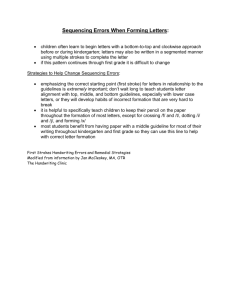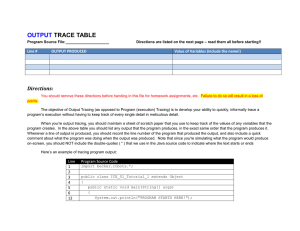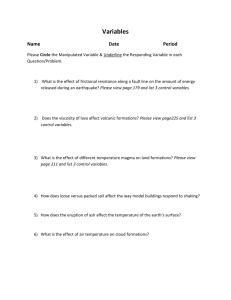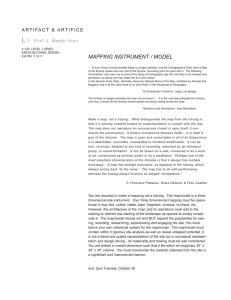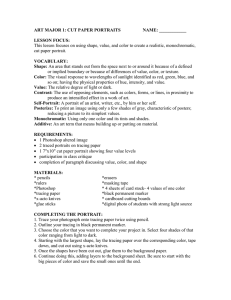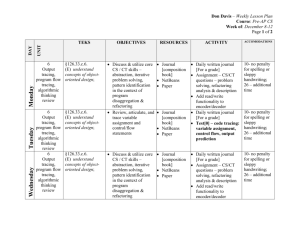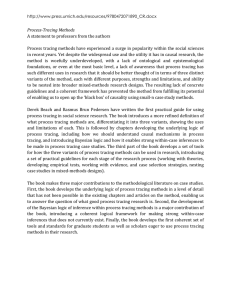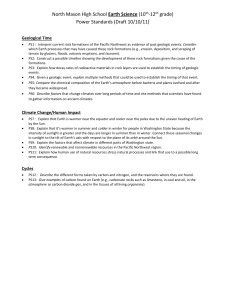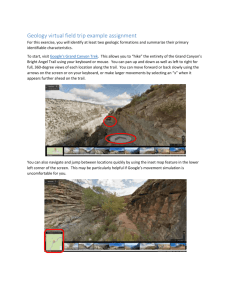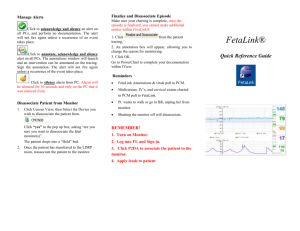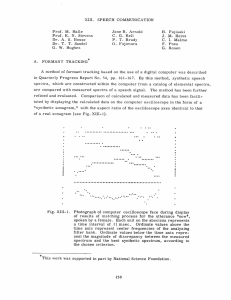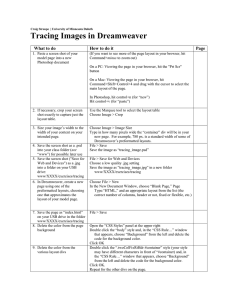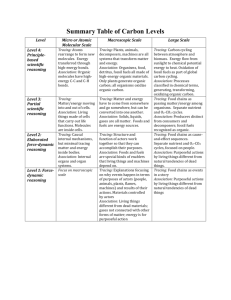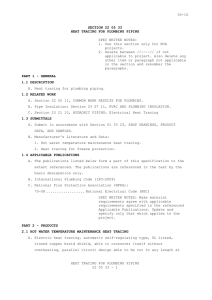denver public schools - Midland Independent School District
advertisement
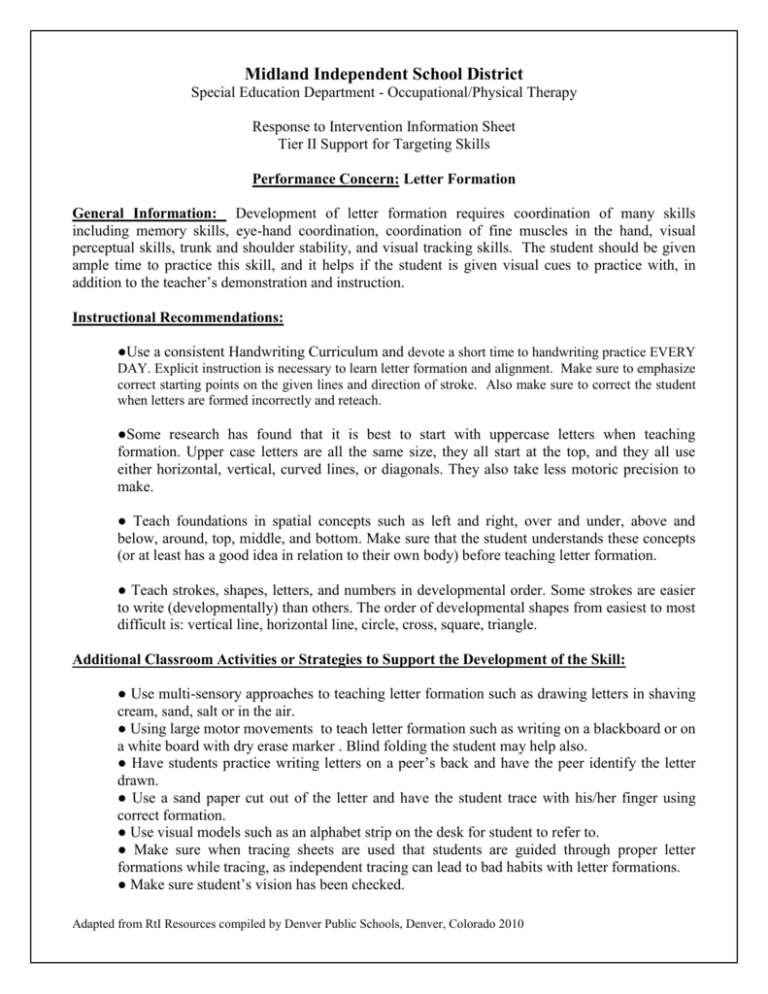
Midland Independent School District Special Education Department - Occupational/Physical Therapy Response to Intervention Information Sheet Tier II Support for Targeting Skills Performance Concern: Letter Formation General Information: Development of letter formation requires coordination of many skills including memory skills, eye-hand coordination, coordination of fine muscles in the hand, visual perceptual skills, trunk and shoulder stability, and visual tracking skills. The student should be given ample time to practice this skill, and it helps if the student is given visual cues to practice with, in addition to the teacher’s demonstration and instruction. Instructional Recommendations: ●Use a consistent Handwriting Curriculum and devote a short time to handwriting practice EVERY DAY. Explicit instruction is necessary to learn letter formation and alignment. Make sure to emphasize correct starting points on the given lines and direction of stroke. Also make sure to correct the student when letters are formed incorrectly and reteach. ●Some research has found that it is best to start with uppercase letters when teaching formation. Upper case letters are all the same size, they all start at the top, and they all use either horizontal, vertical, curved lines, or diagonals. They also take less motoric precision to make. ● Teach foundations in spatial concepts such as left and right, over and under, above and below, around, top, middle, and bottom. Make sure that the student understands these concepts (or at least has a good idea in relation to their own body) before teaching letter formation. ● Teach strokes, shapes, letters, and numbers in developmental order. Some strokes are easier to write (developmentally) than others. The order of developmental shapes from easiest to most difficult is: vertical line, horizontal line, circle, cross, square, triangle. Additional Classroom Activities or Strategies to Support the Development of the Skill: ● Use multi-sensory approaches to teaching letter formation such as drawing letters in shaving cream, sand, salt or in the air. ● Using large motor movements to teach letter formation such as writing on a blackboard or on a white board with dry erase marker . Blind folding the student may help also. ● Have students practice writing letters on a peer’s back and have the peer identify the letter drawn. ● Use a sand paper cut out of the letter and have the student trace with his/her finger using correct formation. ● Use visual models such as an alphabet strip on the desk for student to refer to. ● Make sure when tracing sheets are used that students are guided through proper letter formations while tracing, as independent tracing can lead to bad habits with letter formations. ● Make sure student’s vision has been checked. Adapted from RtI Resources compiled by Denver Public Schools, Denver, Colorado 2010
